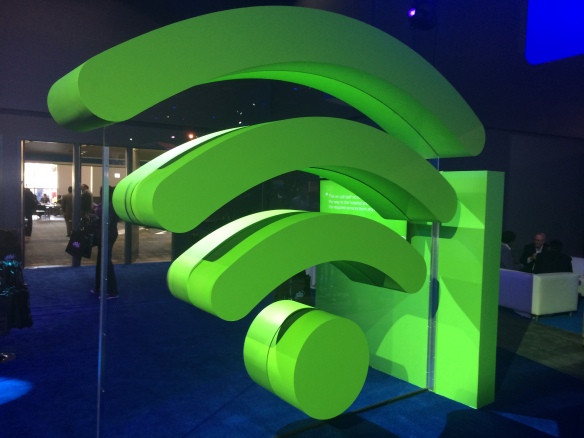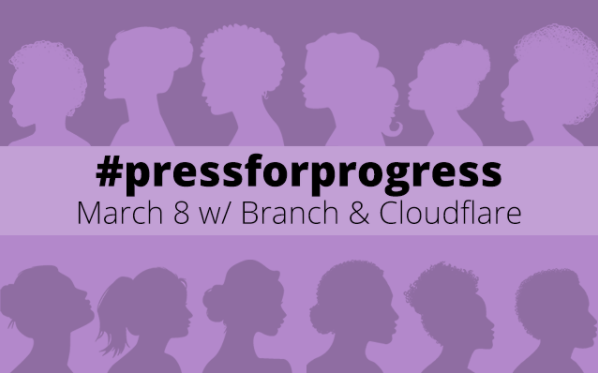0
Juniper’s new products help prepare networks for hybrid, multi-cloud
Earlier this week, Juniper Networks announced a bevvy of new networking products. (Note: Juniper Networks is a client of ZK Research.) In his blog post about the products, Andy Patrizio did an effective job covering the basics of the news. But left out some important points, and I wanted to make sure those got called out, including Juniper's tagline “multi-cloud ready." Hybrid, multi-cloud is inevitable As I’ve pointed out in many of my posts, hybrid multi-cloud environments are inevitable for most organizations. Small businesses may be able to build an IT strategy that is all public cloud, but any large company is going to choose a mix of private and public clouds.To read this article in full, please click here
 The company’s 2015 Wise.io acquisition serves as the foundation for its ML expertise.
The company’s 2015 Wise.io acquisition serves as the foundation for its ML expertise. ETSI NFV endeavors to make VNFs as open as possible.
ETSI NFV endeavors to make VNFs as open as possible. Companies can mix and match connectivity for different site types while maintaining a single network.
Companies can mix and match connectivity for different site types while maintaining a single network. The repository acts like a package manager to ease serverless deployments.
The repository acts like a package manager to ease serverless deployments.
 A new white paper from Hewlett Packard Enterprise discusses how today’s (and tomorrow’s) successful CSPs are harnessing the power of telecom data to simplify their customers’ lives.
A new white paper from Hewlett Packard Enterprise discusses how today’s (and tomorrow’s) successful CSPs are harnessing the power of telecom data to simplify their customers’ lives.

 Excellent summary of what seems to be poorly understood. IPv6 is going nowhere slowly but the higher level protocols are changing today. Now, significant changes to the core Internet protocols are underway. While they are intended to be compatible with the Internet at large (since they won’t get adoption otherwise), they might be disruptive to […]
Excellent summary of what seems to be poorly understood. IPv6 is going nowhere slowly but the higher level protocols are changing today. Now, significant changes to the core Internet protocols are underway. While they are intended to be compatible with the Internet at large (since they won’t get adoption otherwise), they might be disruptive to […]